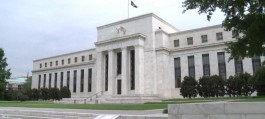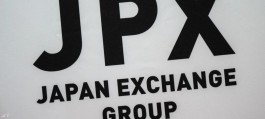Oil prices steadied after closing at a seven-week high, as a continued risk appetite in broader markets overshadowed signs of rising inventories.
Brent crude traded above $85 a barrel after hitting its highest close since April 30, while West Texas Intermediate crude approached $82. The S&P 500 index rose to another record high on Tuesday, and optimism spread to other riskier assets such as oil as traders bet on a U.S. interest rate cut.
Meanwhile, the American Petroleum Institute reported that U.S. crude inventories rose by 2.3 million barrels last week, according to people familiar with the figures. If the official data is confirmed, it would be the third straight increase. Stockpiles at the Cushing, Oklahoma, hub also expanded, according to the API.
recover from losses
Oil has recovered from a loss at the start of the month when OPEC+ said it would increase supply to the market, though the alliance made clear the plan was conditional. On the demand side in Asia, refiners are restoring some capacity after maintenance despite weak margins, boosting crude consumption.
“We should see signs of tightening in the physical market with a deficit expected in the next quarter,” said Warren Patterson, head of commodity strategy at ING Groep NV. “How tight it is, however, depends on demand. Weak refinery margins remain a concern.”
However, with oil prices having risen over the past two weeks, there are now signs that futures are approaching overbought levels. The nine-day relative strength index for Brent crude has crossed the 70 level, suggesting a pullback may be on the horizon.
Trading volumes throughout the day in oil futures are likely to be lower on Wednesday due to a holiday in the United States.







































